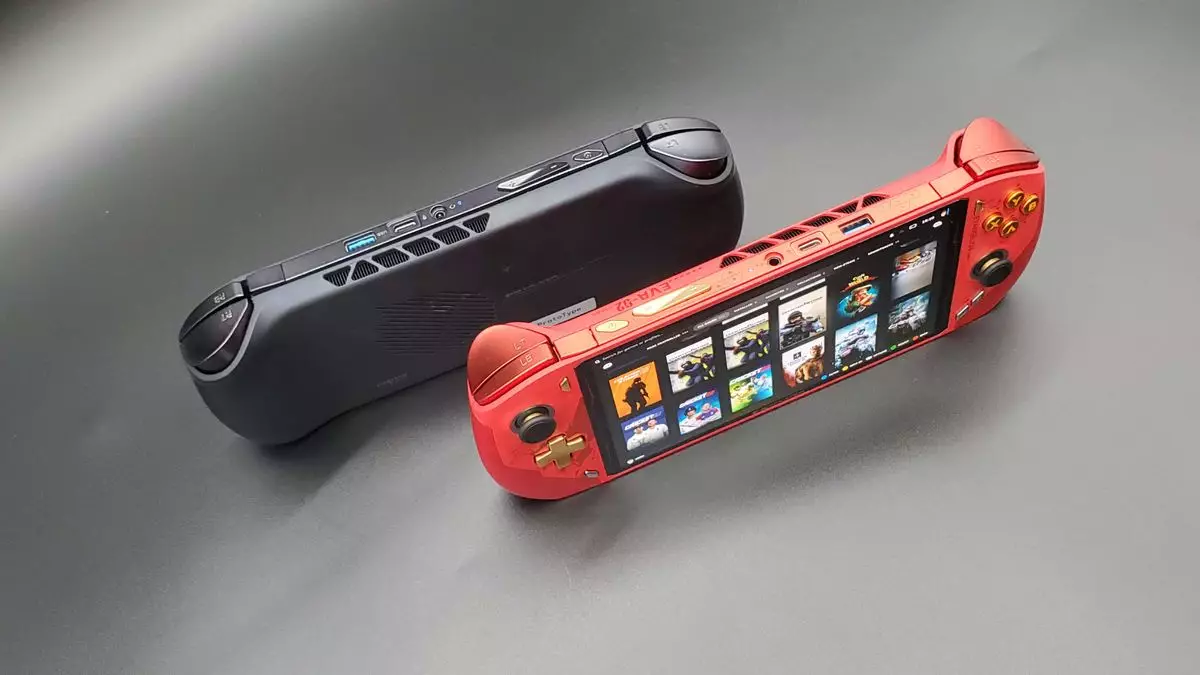The world of handheld gaming is evolving at an unprecedented pace, and AMD is steadfastly at the forefront of this revolution. The introduction of the Ryzen AI Z2 Extreme signifies a pivotal shift, integrating cutting-edge technology into portable devices. This evolution raises an important question: why embed a Neural Processing Unit (NPU) in these handheld consoles? As the gaming industry laments over extended battery life and performance bottlenecks, the addition of an NPU could potentially redefine user experiences, both good and bad.
Understanding AMD’s ‘Z’ Lineage
AMD’s recent focus on its ‘Z’ series APUs (Accelerated Processing Units) captures the essence of its innovation strategy aimed explicitly at handheld gaming. Each generation, including the new Z2 Extreme, is finely tuned for portable gaming, incorporating advanced graphics and processing capabilities. For instance, with the Z2 Extreme utilizing the Strix Point architecture, gamers can anticipate an amalgamation of robust features: 16 RDNA 3.5 graphics cores alongside eight Zen 5 CPU cores. This intricate architecture translates into remarkable performance, albeit leaving consumers a tad confused due to the varying silicon roots from which these APUs are derived.
What compounds this complexity is the simultaneous existence of multiple Z2 variations, each associated with significantly different underlying technologies. The Z2 Go operates on an earlier Rembrandt APU, and the basic Z2 relies on the prior Hawk Point architecture. As we navigate these distinct iterations, it is imperative to ascertain how they collectively impact the market appeal and performance of handheld gaming systems.
The NPU Debate: A Double-Edged Sword
The activation of the NPU within the Ryzen AI Z2 Extreme brings about a mixed bag of prospects. On one hand, having an AI-capable device aligns with modern trends where digital assistants and AI-based tools are not just desirable but often expected. The Z2 Extreme’s support for Microsoft’s Copilot+ in Windows serves as a selling point, attracting consumers eager for advanced functionality in a portable format. However, we must scrutinize the practicality of this feature. At present, most AI-driven applications, like ChatGPT, function primarily through cloud-based systems rather than using on-device processing capabilities. This raises the question of how meaningful the integration of an NPU will be in real-world usage scenarios.
Moreover, while the promise of AI capabilities is tantalizing, the implications for battery performance cannot be overlooked. Gaming handhelds are already on the fringe of acceptable battery life, often requiring frequent recharging to maintain operational continuity during extended gaming sessions. The question looms: will activating the NPU further deplete this limited power resource? The balance between enhanced performance features and sustainable battery operation becomes a significant factor for consumers and developers alike.
The Future of Handheld Gaming: Striking a Balance
As AMD moves forward with innovative offerings like the Ryzen AI Z2 Extreme, the destiny of handheld gaming hinges on several pivotal factors. Battery efficiency and real-world application of the NPU will dictate whether the market embraces these advancements or views them with skepticism. While potential benefits include heightened multitasking capabilities and AI-enhanced performance, users may also encounter the frustration of diminished battery life in exchange for such features.
Ultimately, as the gaming industry continues to push the envelope in terms of technology, there remains an inherent responsibility to consider the user experience holistically. The integration of NPUs into handheld devices might define the next era of portable gaming, but it requires meticulous execution and attention to real-world applications. AMD has taken a bold leap into this territory, but only time will reveal whether this boldness translates into a competitive edge or merely another layer of complexity in a rapidly evolving field.

